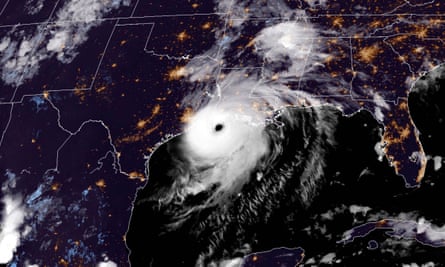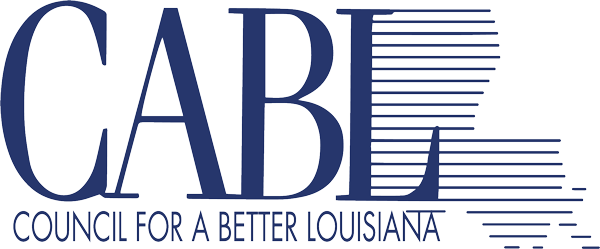
It seems particularly ironic that just shy of the 15th anniversary of Hurricanes Katrina and Rita, an even more powerful storm named Laura rammed through the southwest Louisiana coast bringing with it hundreds of miles of devastation. It’s a reminder of how vulnerable we are, but it also showcases many of our strengths.
The silver lining, if there was one, was that as bad as things were, they could have been much worse. Residents who rode out the storm all say the experience was worse than Rita. That’s because the 150 mile an hour winds that walloped the coast were the strongest of any modern storm to make landfall in Louisiana.
Those winds created miles of destruction, smashing buildings, damaging roofs, knocking down trees, and ripping down untold numbers of powerlines. Today more than half a million people in the state are without power and more than 200,000 without drinking water.
But it’s the lack of another kind of water that made a difference for much of the area. Forecasters were predicting a storm surge of as much as 20-feet south of Lake Charles which would have inundated the city. But the storm took a last-minute jog to the east which sent the highest surge into uninhabited wetlands that spared Lake Charles from an unprecedented amount of flooding.
That’s not to say there still wasn’t plenty of water filling streets and neighborhoods. Rivers and bayous are still swollen, and the threat of additional flooding isn’t over yet. But for the most part, people are not underwater.
Now the work of recovery begins, and that’s one thing Louisiana knows how to do well. In the case of Lake Charles, for instance, Hurricane Rita caused damage that many thought would leave a permanent mark on the city. It did, but in a much more positive way than most imagined.
As the city rebuilt it brought back its downtown, turning it into a vibrant area with shops, restaurants, and apartments filling up old buildings that were once abandoned eyesores. Given the spirit and tenacity of Louisiana people, there is every reason to believe that will happen again, even as the situation today could hardly be more dire.
But recovery brings to mind another word that’s just as important – resilience. Much as been made of the way Louisiana continues to bounce back from disasters, whether it’s hurricanes, floods, or the BP oil spill. That’s because the people who live here refuse to be kept down by circumstances that are thrust upon them that are beyond their control.
But in this time of COVID-19, we have begun to look at resilience in a new way. Today we are thinking of it as a way to create a stronger, healthier, and more equitable economy – one that looks more towards the future and is better able to withstand the other disruptions that will surely come.
So, as we turn our attention to the recovery of major parts of our state, we should do so with an eye on the future. Nothing we can do will spare us from the inevitable natural disasters, but we can take steps to plan ahead and protect ourselves from the other things that threaten our economy and our opportunities for prosperity.
That should be our new meaning for resilience.
